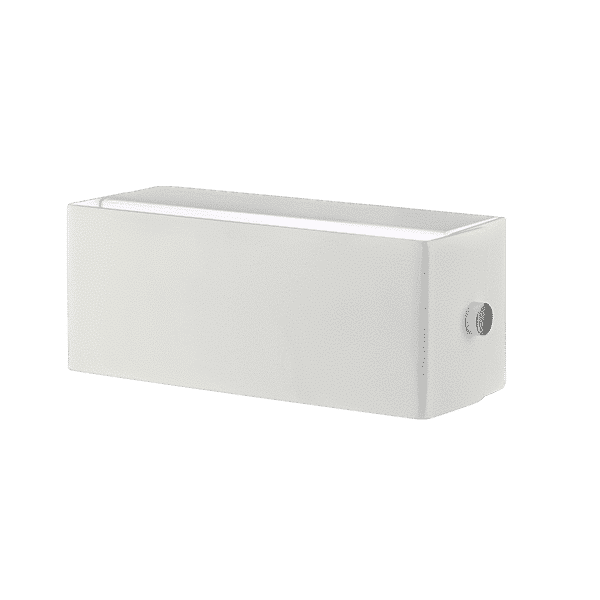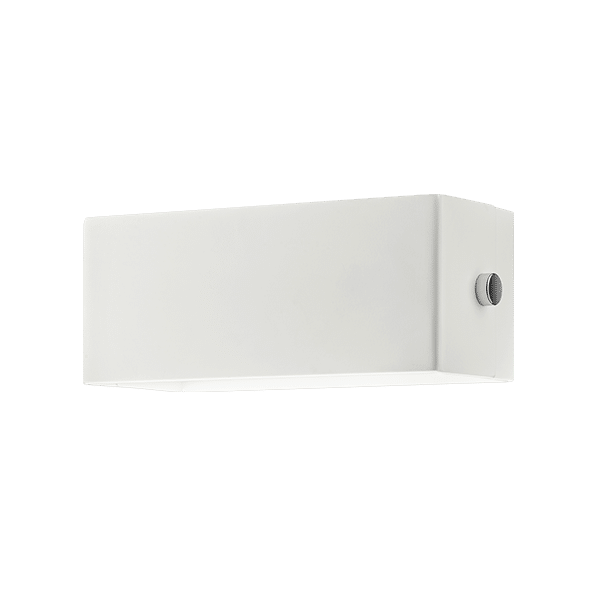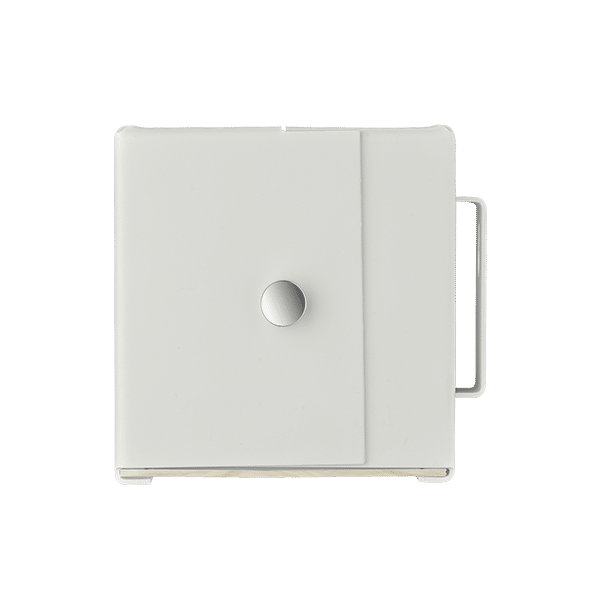DESIGNET AF:
ASGER BAY CHRISTIANSEN
LYSKASSEN væglampen er specielt udformet med henblik på anvendelse i badeværelset. Dels er dens længde tilpasset et standard-spejl, og dels strømmer lyset ned over vasken fra begge sider, så dit ansigt bliver fint belyst uden hårde skygger. Hele rummet bliver også rigtig godt oplyst pg.a. LYSKASSENs opadrettede lys.
3.195 kr.



LYSKASSEN væglampen fås i både IP20- og IP44-versioner beregnet til f.eks. badeværelser.
LYSKASSEN har en høj virkningsgrad. Samtlige af materialerne i armaturet kan genbruges. Armaturet er i øvrigt designet i Danmark.
LYSKASSEN væglampen er opbygget af stål, messing + en speciel, varmefast porcelænsfatning og ledning samt mærkede kvalitetskomponenter. Skærmens overflade er i stål med ovnhærdet lak.
| Yderligere information | Skærmmål: H= 75 mm. L= 185 mm. D= 75 mm. Samtlige lamper fra DANISH LIGHTING er håndmalede, hånddrejede og manuelt samlede, hvilket kan give en leveringstid på 3-4 uger. Du vil straks efter ordreafgivelse modtage besked om leveringstid. |
|---|
LYSKASSEN skærmmål: H= 75 mm. L= 185 MM. D= 75 mm.
LYSKASSEN lyskilde: E14
Fås i både IP20- og IP44-versioner beregnet til f.eks. badeværelser.
LYSKASSEN væglampen har en høj virkningsgrad. Samtlige af materialerne i armaturet kan genbruges. Armaturet er designet i Danmark.
LYSKASSEN væglampen er opbygget af stål, messing + en speciel, varmefast porcelænsfatning og ledning samt mærkede kvalitetskomponenter. Skærmens overflade er i stål med ovnhærdet lak.